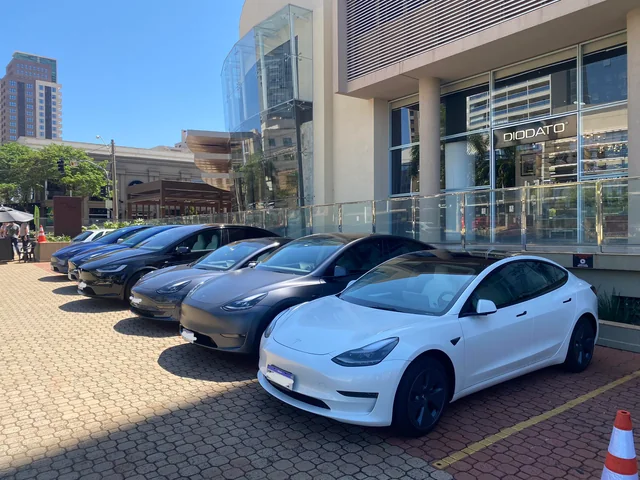In a world where sustainability is no longer just a buzzword but a necessity, Brazil is making headlines with its ambitious electric vehicle (EV) policies. According to Bloomberg Green, Brazil’s latest initiatives aim to electrify its transport sector significantly. With these new policies, Brazil is not only transforming its own automotive industry but also setting a precedent for other emerging markets. In this article, you’ll learn how Brazil’s strategic moves are catalyzing EV growth in emerging economies and what this means for the global shift toward cleaner transportation.
Brazil’s EV Policy Revolution: A New Era of Sustainable Transport
Key Policy Changes
Brazil’s government has rolled out a series of policies designed to make EVs more accessible and affordable. These include tax incentives, subsidies for manufacturers, and investments in charging infrastructure. According to Reuters Mobility, the Brazilian government plans to install over 10,000 public charging stations by 2025, reducing range anxiety—a common barrier to EV adoption.
Impact on Local Manufacturers
- Tax Breaks: Local manufacturers like Volkswagen and Nissan, who have plants in Brazil, are benefiting from substantial tax breaks. This is encouraging them to ramp up EV production.
- Subsidies: These financial incentives are making it easier for companies to invest in local EV production, which, in turn, is creating jobs and stimulating the economy.
International Partnerships
Brazil is also forming strategic alliances with international players to boost its EV sector. Companies like BYD and Hyundai are investing heavily in the Brazilian market, attracted by the favorable business climate created by these new policies.
How Emerging Markets Are Following Suit
The Ripple Effect
Brazil’s proactive stance is influencing other emerging markets like India and South Africa, which are closely monitoring Brazil’s progress.
- India: Inspired by Brazil, India has announced plans to electrify 30% of its vehicle fleet by 2030, according to InsideEVs.
- South Africa: Similarly, South Africa is exploring tax incentives and import duty reductions to encourage EV adoption.
Lessons Learned
Emerging markets are learning valuable lessons from Brazil’s approach, such as the importance of public-private partnerships and the role of government incentives in accelerating EV adoption.
Practical Tips for Consumers
How to Charge Your EV in Brazil
With the expansion of charging infrastructure in Brazil, charging your EV is becoming increasingly convenient.
- Public Charging Stations: Use apps like PlugShare to locate the nearest public charging station.
- Home Charging: Consider installing a home charging unit. Many local utility companies offer rebates and incentives for home chargers.
Where to Buy EVs in Brazil
The Brazilian market is now teeming with options for EV buyers. Here are some popular choices:
- Volkswagen ID.4: Known for its impressive range and performance.
- Nissan Leaf: A more affordable option with a solid range.
- BYD Song Plus: Offers the latest tech features at a competitive price.
What to Compare When Buying
When choosing an EV, consider factors like:
- Battery Range: Ensure it meets your daily commuting needs.
- Charging Time: Faster charging options can be more convenient.
- Cost of Ownership: Factor in maintenance and energy costs.
Conclusion: A Bright Future for EVs in Emerging Markets
Brazil’s new EV policies are not just a win for the country but a beacon of hope for other emerging markets. By focusing on infrastructure, local production, and international partnerships, Brazil is driving a global shift toward sustainable transport. As more countries follow its lead, the future looks promising for the widespread adoption of electric vehicles.
Are you ready to make the switch to an electric vehicle? Share your thoughts in the comments below! As we look to the future, it’s clear that the road ahead is electric, and Brazil is paving the way. Stay tuned to see how these changes continue to shape the world of sustainable transportation.

